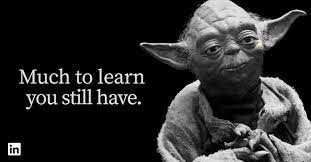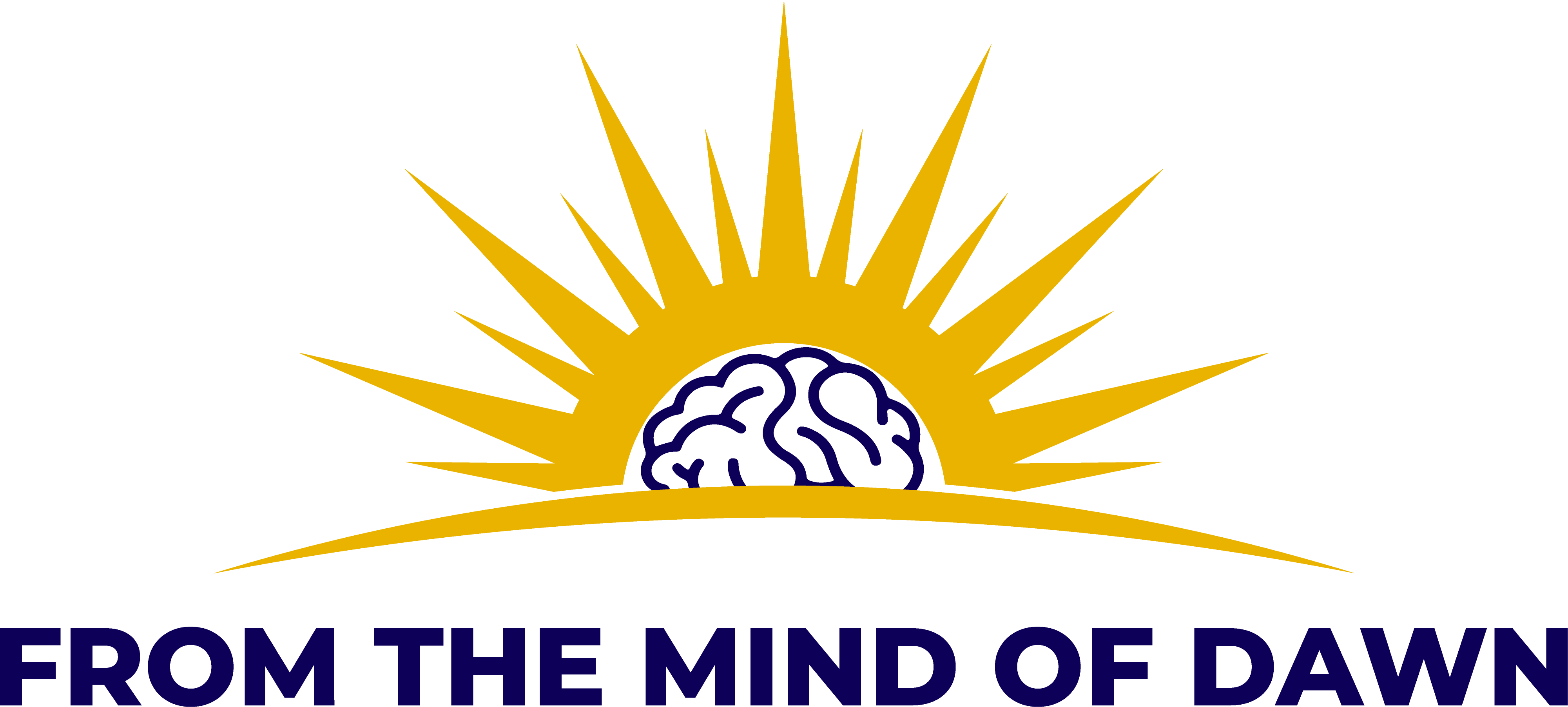Week 12: Alan Mulally takes on Ford
American Icon: Alan Mulally and the Fight to Save Ford Motor Company by Bryce Hoffman
Chapters 3&4
My mind is kinda spinning…
At the end of last week, we learned of the tragic state in which the Ford Motor Company found itself when Bill Ford finally humbled himself enough to seek a new CEO in Alan Mulally. Given the state of the business, we also asked ourselves why Alan Mulally would say yes to the job.
This week, I read chapters 3&4 in American Icon and it details the recruitment of Alan Mulally, his eventual acceptance of the position and his first encounters with the Ford workforce.
Alan Mulally Wasn’t New To This
So, it makes sense that he would be confident in leading change in as large an organization as Ford since he’d done it before. He credited his success in doing this to a plan that he developed with his boss at the time called Working Together.
The irony is not lost on me that he knew that working together was key to success and yet the culture at Ford was riddled with internal politics.
The Good Cannot Begin Until the Bad Ends
Necessary Endings by Dr. Henry Cloud provides us with a rubric for determining when we need to make a change. It is aimed at the individual and the rubric can be applied to personal or professional situations. The main question that Dr. Cloud poses to help us determine if change is necessary is:
What reason, other than the fact that I want this to work, do I have for believing that tomorrow is going to be different from today?
Imagine for a second that you are a tenured employee at Ford. You know the company needs to change but you’ve experienced new CEOs who brought new change efforts that haven’t worked. You’d have to consider Dr. Cloud’s question - what reason would you have to believe it would be different this time around?
I would argue it was who Alan Mulally showed himself to be - almost instantly - that would have incited optimism that this time really could be different.
The Seattle Times called him “Mr. Nice Guy.” He’d earned a reputation at Boeing for being genuinely interested in what others had to say and adored by subordinates. During a meeting while he was being recruited, Mulally took Ford’s HR Chief on a walk in Seattle. Many people - businesspeople, maintenance workers, students, and Boeing employees - greeted Mulally with enthusiasm. His reputation of caring about others preceded him. And on his first day at Ford, he rejected the idea of being snuck into the building because he wanted to shake hands with everyone and talk to them.
Talk about demonstrating your character!
Despite how nice he was, he’d proven himself willing to make the hard calls at Boeing that were needed for positive change. This meant layoffs, outsourcing, etc.
So, the optimism came from having a new CEO who was an outsider with a reputation of being kind but also being courageous!
Alan Mulally’s Initial Plan
During his interview with Bill Ford, Mulally was asked to describe his management sytle.
This Thursday morning meeting was core to the Working Together plan that had brought about recurring success at Boeing. At Ford, he knew it would be a huge change for the executive team. However, it was intentional in the sense that it meant that those who were not on board with what was needed would self-select out and he would not need to fire them.
I think that is incredibly brilliant and is my biggest takeaway this week: Focus on setting clear expectations and holding others accountable. Those who are not up to the task will self-select out.
Growth Plan Topics Unite!
Let’s remember why we are doing this.
We have learned that successful organizational change is survivable when we can manage our environment by:
- Operating in and above the fray - observing what’s happening to your initiative, as it’s happening
- Courting the uncommitted - emphasizing the need for change and the seriousness of your efforts to those who may be on the fence
- Cooking the conflict - learning how to convey the urgency of the need to change and also lower the heat to mitigate turmoil
- Placing the work where it belongs - mobilizing others to solve problems
We’ve also learned to anticipate Reactance and have added the following tools to our toolbox to mitigate it:
- Providing a menu
- Asking questions
- Highlighting a gap
In the next two chapters, we learn more about Mulally’s restructuring, his executive team and his resulting plan. While managing our environment is important, we also learned that it is important to manage ourselves to lead a successful change initiative.
While we finish American Icon, I will be categorizing events and Mulally’s actions according to the four areas of managing your environment. I will also be on the lookout for actions that he takes that differ from what I would do. I’d like to spend time reflecting on why his approach worked and how I might adjust my own approach to be more effective in the future.
One example has already arisen and I’ll share it with you.
Mulally had many, many discussions with Bill Ford, the HR Chief and board members about Ford. During that time, he’d started to formulate a plan to turn the company around. Prior to his joining, an executive named Mark Fields had been tasked with turning around the Americas section of the business and had proposed the Way Forward plan. A few weeks after Mulally joined, Fields was scheduled to present an update on the plan to the board. The plan had set aggressive goals that weren’t going to be met. He reviewed the plan with Mulally and offered to put the plan on hold rather than briefing it to the board. Mulally made some minor changes but encouraged Fields to brief the plan saying they’d improve it as they go.
So, Mulally is already proving that he brings a needed perspective to the group since he’s able to identify the root of the problem. However, I’m pretty sure if I were in that situation, I would have taken Fields up on the offer to put it on hold.
Here’s my reasoning:
- I’m sure the plan won’t succeed since it doesn’t address the root of the problem.
- I would be concerned about having to brief the board on a potentially radically different plan once I finalized mine.

However, what I would NOT have placed as much emphasis on is how Fields would have felt if I had done that and what that would do to our ability to work together in the future.
It’s also important to note that Fields had felt slighted by Mulally’s being offered the CEO job instead of him. Bill Ford encouraged him to learn from Mulally and that he wasn’t ready but Mulally would get him there. Fields does eventually succeed Mulally as Ford’s CEO. I bet this interaction set the stage for a stronger working relationship between those two.
I still have so much to learn! It’s exciting. Thank you for reading!
American Icon: Alan Mulally and the Fight to Save Ford Motor Company by Bryce Hoffman
Chapters 5&6
